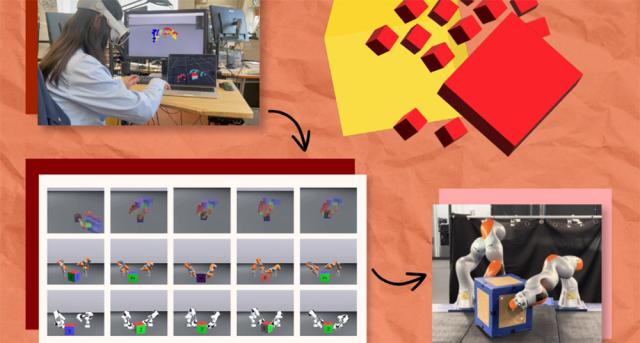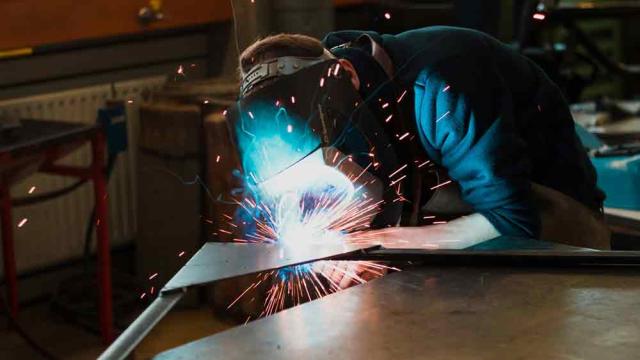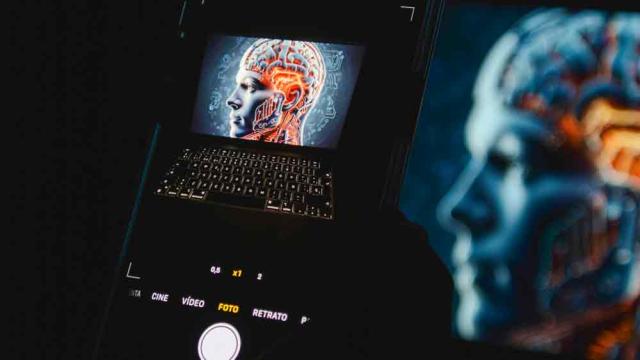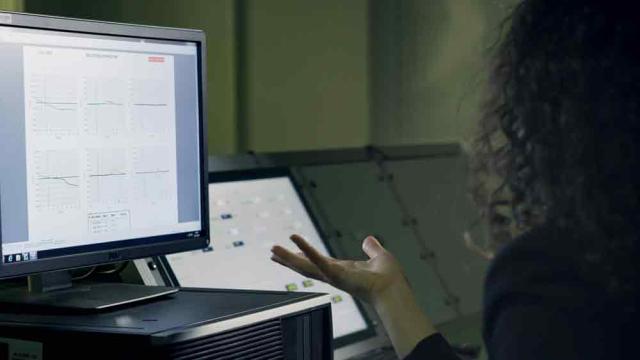All Features

Creaform
Known for building rugged telehandler equipment that delivers reliable performance in the most demanding environments, Xtreme Manufacturing places a strong emphasis on quality in every stage of production.
To uphold its commitment to quality when inspecting large weldments, Xtreme needed a…

Robyn Coward
In life sciences, every decision carries weight—and speed to market is an ever-present consideration. Scientific innovation is moving faster than ever, yet regulatory demands are growing more complex, and supply chain fragility has become the new normal. Within this volatile landscape, the role of…

Alexander Shipps
When ChatGPT or Gemini gives you what seems to be an expert response to your burning questions, you may not realize how much information they rely on to give that reply. Like other popular generative artificial intelligence (AI) models, these chatbots rely on backbone systems called foundation…

Etienne Nichols
Good supplier management is one of the most important methods of building a safe and effective medical device. A single device may be made up of dozens of parts and components coming from several different suppliers, and many medical device companies outsource the manufacturing of their device to a…

Akhilesh Gulati
Complacency won’t show up on a control chart. But its damage is real. Can AI and systems thinking help us detect it and respond before trust is lost?
As customer expectations evolve, one question remains: Are customers still at the core of your company’s operations?
Back in 1999, a simple but…

Mike Figliuolo
This article is dedicated to all the paranoid businesspeople out there who are terrified of their competitors. You know, the people who run businesses centered around “consulting” who view any other “consulting” firm as a competitor. You can insert whatever industry you like in the quotes, and this…

Winnie Jiang, Chiara Trombini, Zoe Kinias
The need for workplaces that are truly inclusive, caring, and equitable is growing. So how can leaders create an environment where employees feel empowered to help one another, support diversity initiatives, and contribute to community causes?
Prior research has linked this kind of prosocial…

Alexander Gelfand
A lecturer at Stanford Graduate School of Business for more than two decades, Robert Siegel says, “I’ve taught almost 20% of the people who graduated from the GSB.” He has also served as an executive at Intel and General Electric, founded and led startups, and worked as a consultant and venture…

Sabine Terrasi
The precise recording of passenger numbers is essential for transport companies—it helps optimize timetables, make better use of capacities, and organize local public transport more efficiently.
A modern solution for this is camera-based passenger-counting. Intelligent image processing systems…

Anouschka Jansen
Global supply chains are going through steady disruption and reevaluation—some of it planned, much of it reactive. While political tensions and trade disputes often grab headlines, other important factors are reshaping how companies manage their suppliers.
Rising tariffs, challenges in sourcing…

ISO
The digital revolution has transformed healthcare along with virtually every other industry. From telemedicine to digital health data, providers now have access to innovative solutions that have the potential to make healthcare more accessible and effective for all.
In some instances, this is done…

Angie Basiouny
A new study from Wharton management professor Tiantian Yang finds that when women are rejected for contract jobs in male-dominated fields, specifically IT and computer programming, they are far less likely than men to continue looking for work in those industries. Post-rejection, women are also far…

Mike Figliuolo
During the 14 years I’ve run my firm, I’ve heard a polite “No, thank you” more times than I can count. That’s fine. Rejection, especially when it’s quick, enables me and my team to spend our time on more fruitful conversations.
It’s the silence that kills me. I know I’m not alone in this. I’ve…

Hexagon Manufacturing Intelligence
Did you know that shutdowns, turnarounds, and outages (STOs) can consume up to 50% of a plant’s annual maintenance budget? That’s according to a report by the Boston Consulting Group.
STOs are among the most complex and high-stakes events in industrial operations. They’re costly, especially when…

Patrick Willemson
The European Union has taken a leading role in shaping a variety of data and AI regulations. One of its most recent initiatives, the Ecodesign for Sustainable Products Regulation (ESPR), extends this regulatory momentum into the manufacturing sector. Under this new regulation, manufacturers and…

George Thuo
These are new times for manufacturers. Global pandemics. Worldwide supply-chain disruptions. Steep price increases for parts and materials. Increasingly competitive global markets.
Manufacturers are can-do people, but doing becomes harder in today’s “do more with less” manufacturing environment.…

Bryan Christiansen
Facility teams are constantly balancing urgent repairs, preventive tasks, asset tracking, and compliance, all while ensuring smooth day-to-day operations. But when processes are manual, fragmented, or unclear, even simple tasks can spiral into delays, miscommunication, and wasted time.
The…

Knowledge at Wharton
Many countries face the reality of demographic aging: Fertility is plummeting and people are living longer. This raises critical challenges for the labor market, healthcare, and long-term care markets, as well as retirement systems and financial planning. A Wharton symposium on the implications of…

Harish Jose
Readers of my blog might be aware that I appreciate the nuances of cybernetic constructivism. Cybernetic constructivism rejects the idea that we have access to an objective reality. It doesn’t deny that there’s an external reality independent of an observer. However, we don’t have direct access to…

Cornelia C. Walther
When artificial intelligence burst into mainstream business consciousness, the narrative was compelling: Intelligent machines would handle routine tasks, freeing humans for higher-level creative and strategic work. McKinsey research sized the long-term AI opportunity at $4.4 trillion in added…

Donald J. Wheeler
In statistics class we learn that we can reduce the uncertainty in our estimates by using more and more data. This effect has been called the “law of large numbers” and is one of the primary ideas behind the various big data techniques that are becoming popular today. Here we’ll look at how the law…

Amy Knue
Health systems across the country are unknowingly paying multiple times for the same medical equipment—once to own it, and again to rent it. The issue isn’t always an increase in clinical demand; it’s often availability and visibility to medical device inventory. The cost of these unnecessary…

Michael McDowell
As artificial intelligence takes off, how do we efficiently integrate it into our lives and our work? Bridging the gap between promise and practice, Jann Spiess, an associate professor of operations, information, and technology at Stanford Graduate School of Business, explores how algorithms can be…

Stephanie Ojeda
Spreadsheets are usually the first tool used to manage suppliers, and the first to become a liability. Important updates get buried. Repeat supplier problems start popping up. Along the way, you start to wonder whether that cheaper vendor is really saving you money in the long run.
The core…

Annie Wilson
More than half of the nation’s 623,218 bridges are showing significant deterioration. Through an in-field case study conducted in western Massachusetts, a team led by the University of Massachusetts at Amherst—in collaboration with researchers from the MIT Department of Mechanical Engineering (…